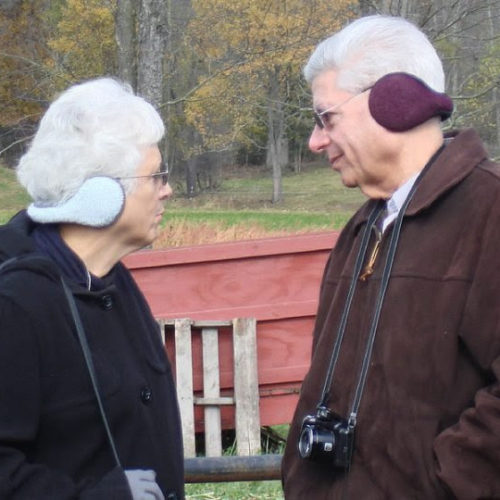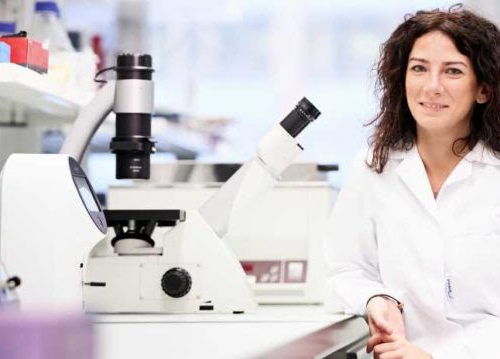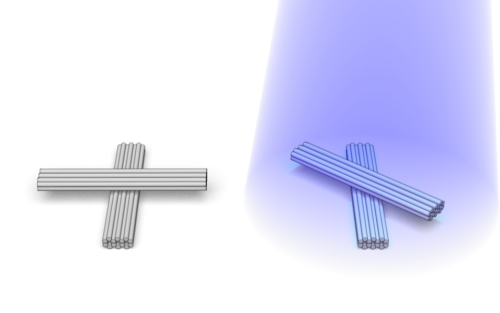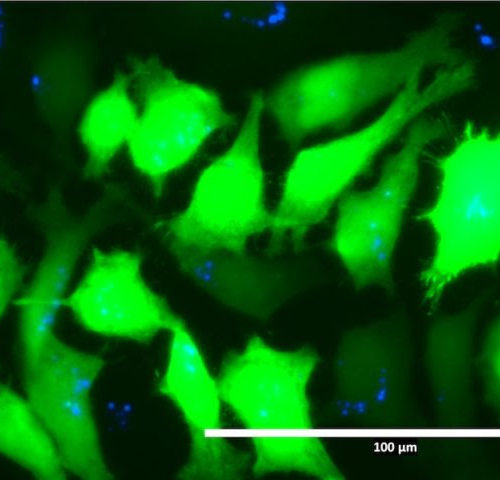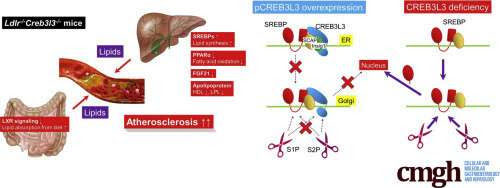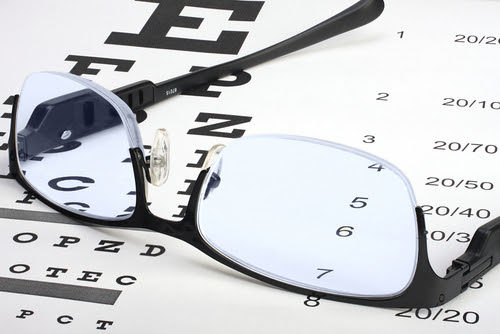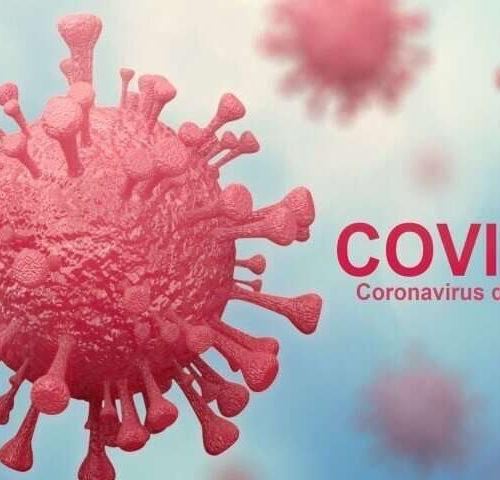Blocking proton leaks in mitochondria via a transport protein can rejuvenate aging heart cells and helps reverse aging heart dysfunction. Scientists have revealed a mechanism that causes heart cells to age and identified a drug that can rejuvenate them, according to a study published in eLife. The drug is now in clinical trials. The results provide...
Individuals with high ADHD-traits are more vulnerable to insomnia
Individuals with high ADHD-traits that do not meet the criteria for a diagnosis are less able to perform tasks involving attentional regulation or emotional control after a sleepless night than individuals with low ADHD-traits, a new study from Karolinska Institute published in Biological Psychiatry: Cognitive Neuroscience and Neuroimaging reports. Image credit: Pxhere, CC0 Public Domain While...
Cancer risk from obesity differs for men and women
A new study, led by researchers at the University of Bristol and the International Agency for Research on Cancer (IARC), has revealed that where fat is on our body may lead to different health outcomes for men and women. The research, co-funded by World Cancer Research Fund (WCRF), Cancer Research UK and Diabetes UK, found that having more body fat around your waist is...
What immune cells reveal about sleep disorders
Daniela Latorre wanted to be a scientist since she was a child. At the Institute for Research in Biomedicine, affiliated to the USI in Bellinzona and the Institute of Microbiology, she is finding evidence that narcolepsy is an autoimmune disease. She has now received the Pfizer Prize for Research 2020 for her pioneering work. “This is my very first...
Tiny origami controlled by light
Molecular machines are incredibly small and powerful pieces of biology that power our bodies and most of the natural world. Despite being essential to all life on earth and having huge potential for revolutionising nanotechnology, humans are a way off being able to replicate them ourselves; because we lack the ability to control structures that...
New way to deliver DNA-based therapies for diseases
University of Minnesota Twin Cities researchers in the Department of Chemistry have created a new polymer to deliver DNA and RNA-based therapies for diseases. For the first time in the industry, the researchers were able to see exactly how polymers interact with human cells when delivering medicines into the body. This discovery opens the door for more widespread use...
Protecting against atherosclerosis at the molecular level
by University of Tsukuba Credit: Cellular and Molecular Gastroenterology and Hepatology (2020). DOI: 10.1016/j.jcmgh.2020.11.004 Atherosclerosis is the result of a buildup of lipids in the inner walls of blood vessels, and is a major cause of heart disease and stroke. In a new study, researchers from the University of Tsukuba discovered a novel role for cAMP responsive element-binding protein 3...
Two Different But Important Eye Exams
Did you know that if you have trouble seeing the things you want to see and doing the things you want to do that there are two very important but very different eye exams? The most recent macular degeneration book I’m reading, Out of Sight, Not Out of Mind: Personal and Professional Perspectives on Age-Related...
How should you talk to friends and relatives who believe conspiracy theories?
By Marianna SpringSpecialist disinformation reporter IMAGE COPYRIGHTGETTY IMAGES You’re dreading the moment. As your uncle passes the roast potatoes, he casually mentions that a coronavirus vaccine will be used to inject microchips into our bodies to track us. Or maybe it’s that point when a friend, after a couple of pints, starts talking about how...
What you need to know about the new variant of COVID-19
(HealthDay)—For Americans who are worried about the new coronavirus variant that is circulating in Britain, experts in the United States urge everyone to stay calm. So far, the new variant only seems to spread more easily, with no evidence of higher virulence (ability to cause harm), researchers at Northwestern Medicine in Chicago explained. “There’s no...



